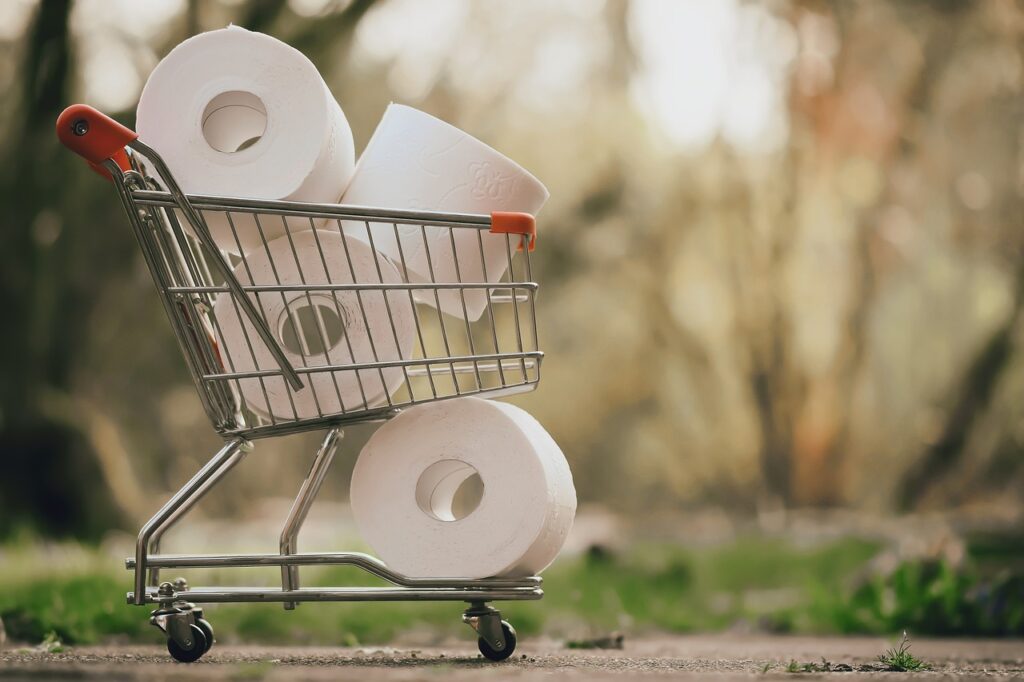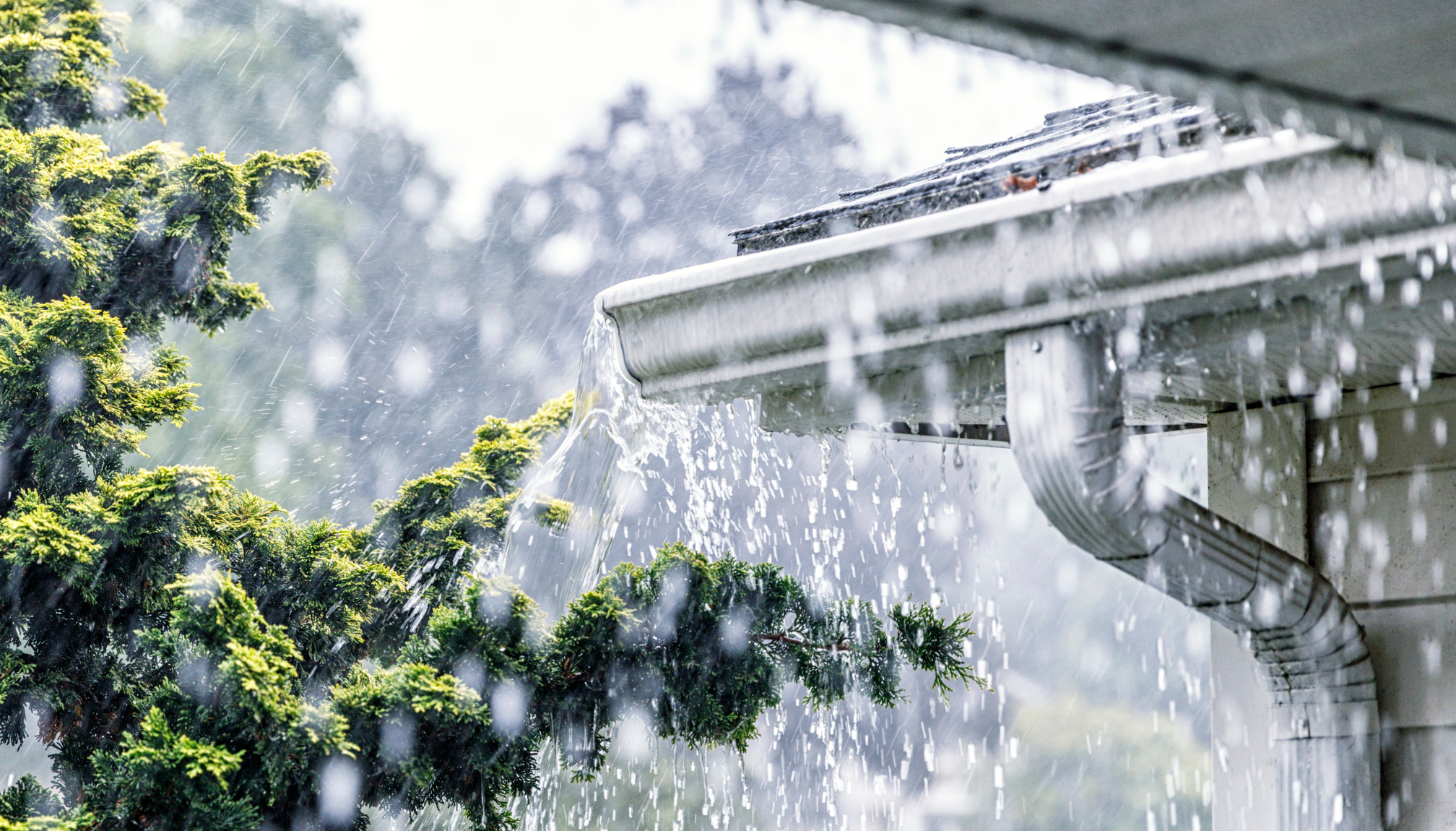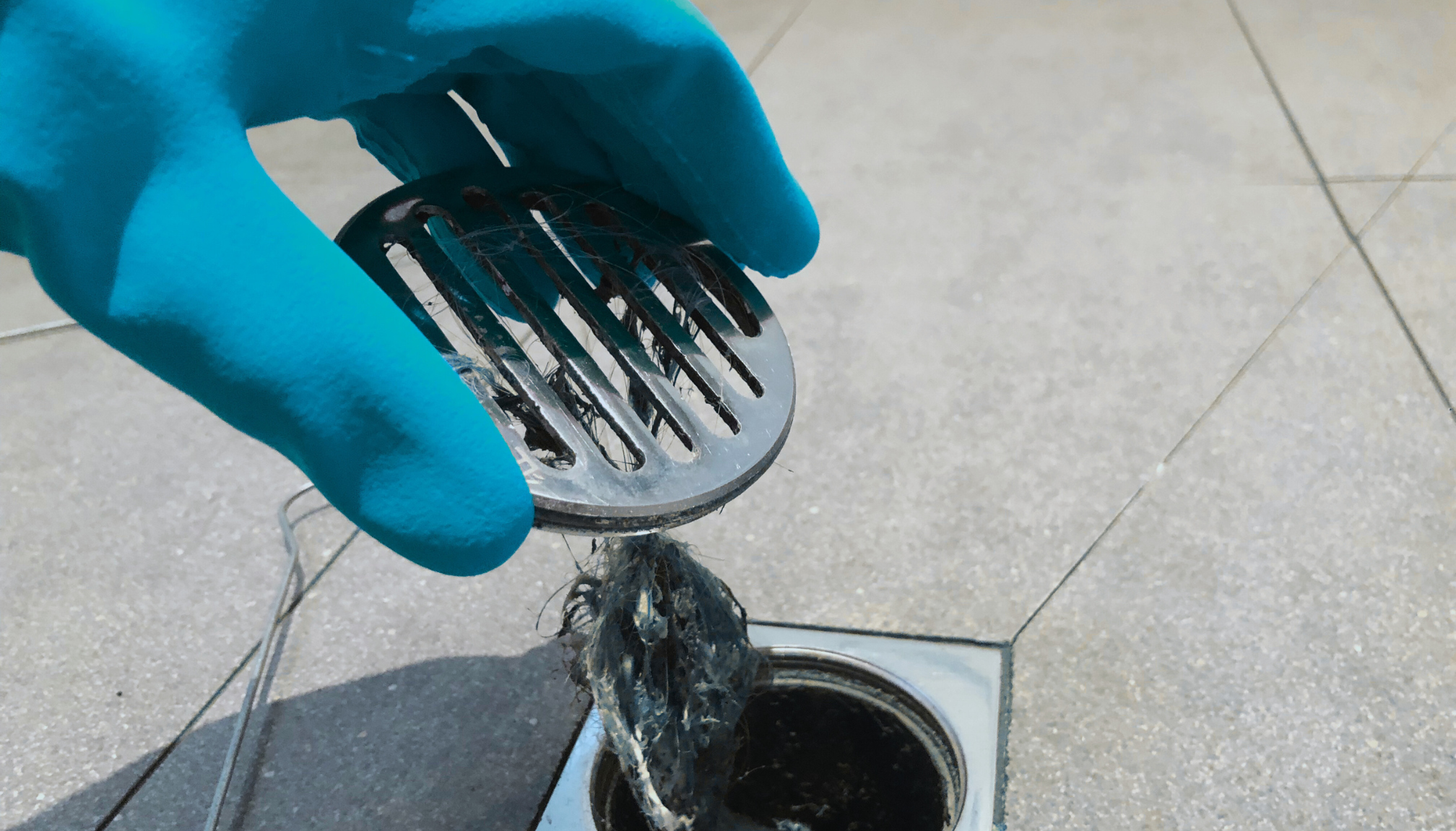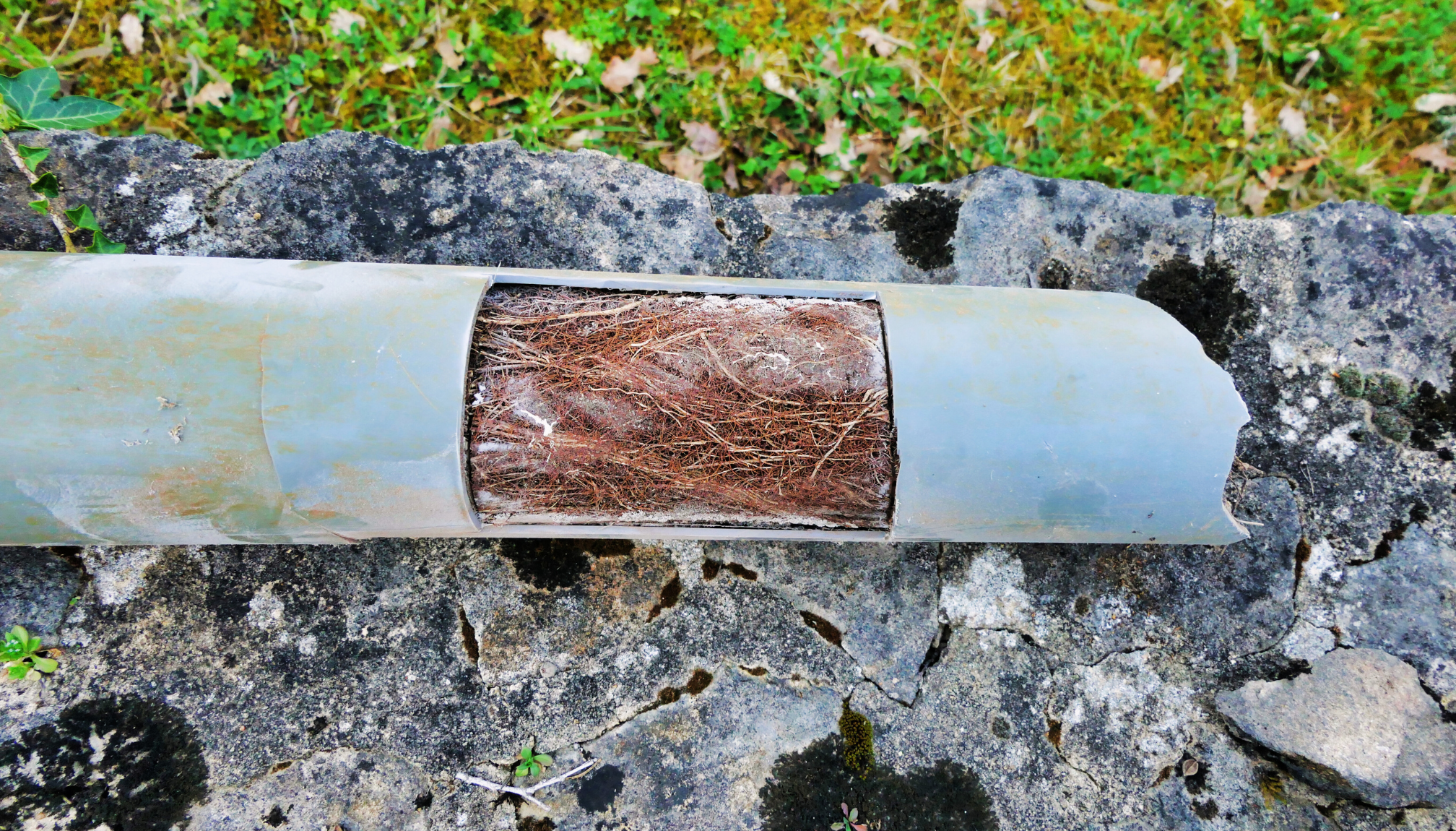Why Is My Toilet Running?
A constantly running toilet can be a frustrating and costly problem, as it wastes water and increases your utility bills. Fortunately, there are several common causes for this issue, and many of them are simple to fix. Let’s explore the reasons why your toilet is running and how you can address the problem.
Faulty Flush Valve
The flush valve is responsible for releasing water from the tank into the toilet bowl when you flush. If the flush valve is not sealing properly, it allows water to continue flowing, leading to a constantly running toilet. This issue is often caused by wear and tear over time, which prevents the valve from forming a tight seal. To fix this, the flush valve may need to be replaced with a new one.
Worn Outlet Rubber
Another common culprit is a worn outlet rubber (or flapper), which can become brittle or degraded with age. The outlet rubber is a critical component that helps prevent water from leaking out of the tank. When it wears out, water can escape from the tank, leading to a constantly running toilet. Replacing the outlet rubber is a simple fix that can immediately stop the flow of water.
Issues with Outlet Valve or Inlet Valve
Both the outlet and inlet valves play key roles in controlling the flow of water into and out of the toilet tank. If either of these valves is malfunctioning, your tank may not fill properly, or it may continue to fill without stopping. Inspecting and replacing faulty valves can resolve the issue. In some cases, an adjustment to the float can help ensure the tank stops filling when it reaches the correct water level.
Stop Tap Problems
The stop tap controls the water supply to the toilet. If it is not fully open or functioning correctly, it can cause water to continuously run through the system. Be sure to check the stop tap and ensure it is in good working order. If it’s partially closed or faulty, adjusting or replacing it can help stop the water flow.
Consider a New Cistern Installation
If your toilet cistern is old or worn out, it may be time for a replacement. Older cisterns can develop a variety of problems due to wear and tear, and finding replacement parts for outdated systems can be difficult. In some cases, installing a new cistern may be a more cost-effective long-term solution to prevent future issues and improve water efficiency.
Upgrading to a New Toilet System and Water Hose
If you’re frequently dealing with running toilet issues, consider upgrading to a modern toilet system with a new water hose. Modern systems are designed to be more efficient and reliable, reducing the likelihood of problems like a running toilet. Additionally, newer water hoses are built to withstand wear and tear better, ensuring that your toilet operates smoothly.
Lastly, it’s important to regularly check the flexible hoses connected to your toilet. Look for any signs of rust, splits, or bulging, as these can lead to leaks and water damage. By staying proactive with maintenance, you can prevent many common toilet problems before they escalate or become an emergency.






Pingback: How Do I Find the Source of a Leak? | Complete Plumbing Qld